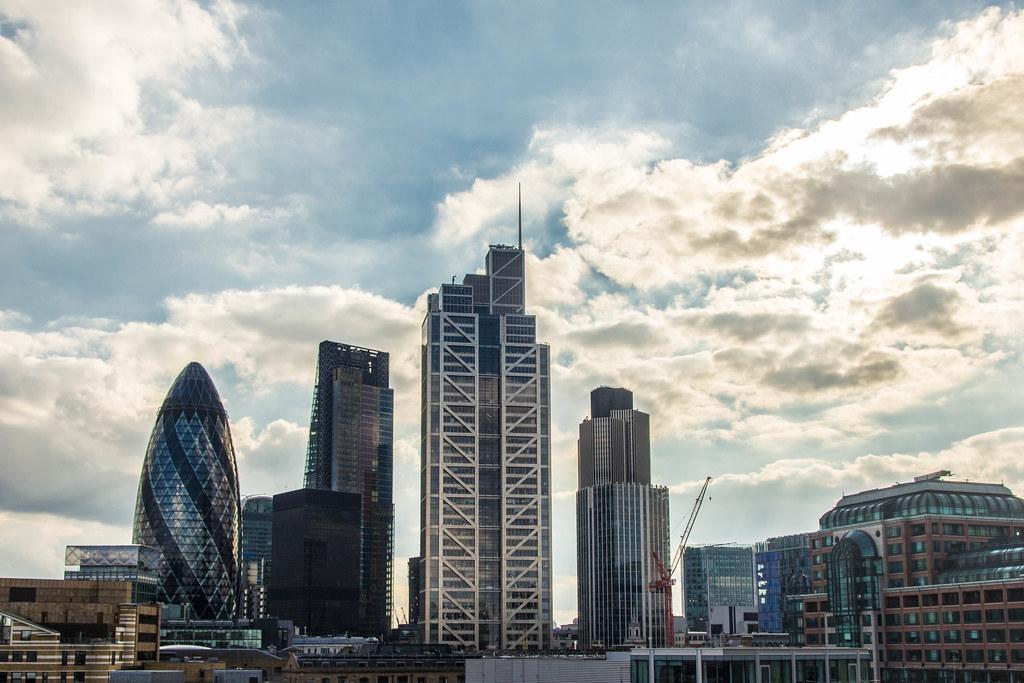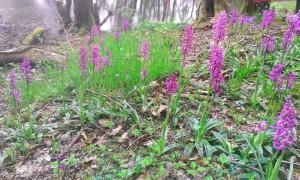Landvision’s solutions to the London Greening Factor.
Have you received a request from your Local Planning Authority for the London Greening Factor (or LGF)? Discover Landvision’s solutions to the London Greening Factor. Suppose your Local Planning Authority (LPA) has requested details about the London Greening Factor (LGF), or you’re seeking landscape design services as a planner or property developer. Then you’ve come to the right place. With our unique blend of landscape design, ecology and tree-based training, we excel at creating sustainable landscapes. Landvision is thus ideally suited to this design work, having SQEs (Suitably Qualified Ecologists) trained in ecology and biodiversity, as well as arborists with tree-based training, in addition to landscape architects (trained in landscape management, such as for LEMPS (Landscape and Ecology Management Plans) and BNG as well as in design of landscape plans); so, in this way, all the Landvision team are designing and creating biodiverse landscapes for UGF.
Increasing the Urban Green Ratio.
In the first blog in this series, we talked about Reasons for increasing the urban green ratio in London. In this blog we now look at solutions, and designing for the London Greening Factor.
Our expert team harness sustainable landscape design, ecological surveying, and biodiversity mitigation and enhancement with sustainable management to rejuvenate green and urban spaces. This strategy not only elevates the visual amenity of landscapes but it also promotes biodiversity, ecological diversity, and improves community well-being for residents and visitors to the site.
So what will you have to provide to your Local Planning Authority?
Requirements for Local Planning Authority on UGF.
A completed copy of the UGF calculator (which is an excel spreadsheet) is supplied to the LPA by a SQE such as Lndvision. It is a good idea also to download the Guidance. This will make it easier for you to understand all the steps that will be required.
Landvision’s extensive experience in designing green roofs, rain gardens, and the planting specifications for tree-lined streets, contribute to the London Greening Factor as well as helping to immediately count towards mitigating climate change effects.
Masterplan Essentials
A Landscape masterplan will be needed; this Landscape Plan should be translated into a UGF masterplan which ideally will have the chart of the calculation shown on it. Landvision can undertake this Landscape Plan work for you.
High-scoring landscapes, rated at 1, often feature trees, woodlands, species-rich grasslands, natural ponds, and wetlands. Whether pre-existing or newly introduced, certain guidelines dictate these landscape features. For instance, creating an intensive green roof, or overlaying vegetation on a structure, these can achieve a 0.8 factor score, given a substrate minimum settled depth of 150mm. We stand ready to assist with your project requirements.
By partnering with Landvision, you’re choosing an experienced and expert team that combines years of expertise, innovation, and passion. We’re excited about The London Urban Greening Factor and about working with you on your journey to a greener, more sustainable London.
Contact Landvision
Discover more about Landvision’s solutions to the London Greening Factor. Use the Contact page or phone 01892 782200.
Why Nature-Based Solutions in Planning Are a Must Today
-
- Nature-based solutions can help to mitigate the effects of climate change.
-
- Flooding- Nature-based solutions can help to reduce flooding and the associated damage. Planting can slow water flow rates to aid response times. Plants and tree roots can absorb water and capture carbon. Leaf litter from trees and shrub planting can absorb surface water runoff and reduce flash flooding. With climate change increasing the frequency of flooding events, property developers, planners and landscape managers increasingly need to”think globally and act locally”. Actions such as planting more trees in housing schemes, and infrastructure projects will help to start the ball rolling. Nature-based solutions also help to conserve landscape character and sense of place.
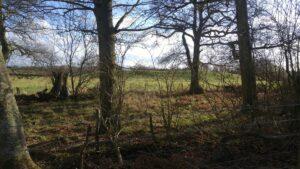
- Water Quality- Nature-based solutions such as tree and shrub, and waterside aquatic planting can help to improve water quality. The role of nature and planting in improved water quality is well researched and shows how we can improve water quality by filtering pollutants and improving the health of aquatic ecosystems.
- Air Quality – Planting trees helps to provide natural filters and absorb pollutants. Long-term benefits are for the longevity, well-being and health of people. This is especially true for old and young people living close to busy roads and urban areas. Planting a field layer, and a tree canopy layer is effective in trapping pollution. Nature-based solutions can help to trap air pollution particles. Reduction in diseases like asthma would follow the use of more nature-based solutions near busy roads in urban areas.
- Noise Pollution- Nature-based solutions can help to reduce noise pollution, filter noise and introduce other sounds to mitigate traffic noise, such as leaves rustling and bird songs.
- Agriculture-Nature-based solutions can also help to create more healthy, productive and efficient agricultural ecosystems. The nitrogen cycle, carbon cycle and water cycle can all be more efficient and that is good for all of us in terms of carbon capture and reducing adverse effects of climate change.
- Landslides prevention- Nature-based solutions can also help to reduce the risk of landslides by managing landscapes. Soil management and landscape management including tree management along roadsides and railway cuttings can also aid soil stability, as well as ecosystem stability.
- Biodiversity & conservation- They can also help to preserve biodiversity and protect endangered species.
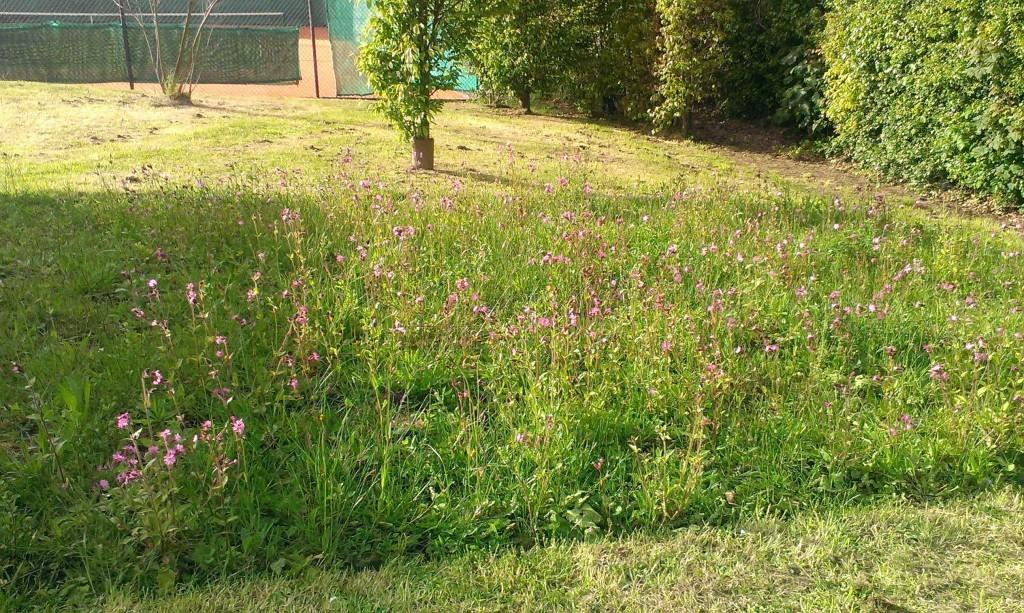
- Nature-based solutions can help to improve mental and physical health. Research shows that mental health benefits from views of greenery and closeness to nature, such as meadows and green spaces(/SANGs). Views of trees and green spaces in care homes and hospital settings introduce restful calming effects and have been proven to aid recovery in hospital settings.
- They can also help to create more livable and sustainable communities. Green spaces bring people together and allow people to unwind in a safe, attractive environment.
Nature-based solutions can help to tackle the effects of climate change.
Flooding mitigation.
One of the knock-on effects of urbanisation and deforestation has been more extreme climate change-induced flooding. Nature-based solutions help us to reduce the severity of flooding and the associated damage.
Flooding is now a major problem not just globally but also locally. Flooding can cause significant damage to property, infrastructure and livelihoods. there are also adverse psychological effects for occupants. Nature-based solutions can help reduce the risk of flooding by managing landscapes and water resources more sustainably.
For example, by restoring wetlands, planting riverbanks, planting more trees, and creating green infrastructure in urban settings, such as rain gardens as part of green/ blue links in urban areas.
Landvision designers design using nature-based solutions. These help our client’s land to become more climate change-proof to flooding events. The nature-based designed changes which we make can make temperatures more equable, introduce shade and reduce wind corridor/wind tunnel effects in urban areas.
Nature-based solutions can help to mitigate the effects of climate change.
Climate change is a global problem causing widespread devastation (see Pakistan) that is expected to have a continuing and wide range of impacts on the environment and human health.
Nature-based solutions can help to mitigate the effects of climate change.
For example, by planting trees and creating green infrastructure such as rain gardens.
Improving Water Quality.
Nature-based solutions can help to improve water quality by filtering pollutants and improving the health of aquatic ecosystems.
Water pollution is a major problem in many parts of the world, and it can have devastating effects on the environment and human health.
Nature-based solutions can help to improve water quality by filtering pollutants and improving the health of aquatic ecosystems.
For example, by restoring wetlands, planting trees, and creating green infrastructure such as rain gardens.
Improving Air Quality.
They can also help to improve air quality by providing natural filters and absorbing pollutants.
Air pollution is a major problem in many parts of the world, and it can have serious health effects.
Nature-based solutions can help to improve air quality by providing natural filters and absorbing pollutants.
For example, by planting trees and creating green infrastructure such as vegetated buffers.
Mitigating Noise Pollution.
Nature-based solutions can help to mitigate the adverse effects of noise pollution.
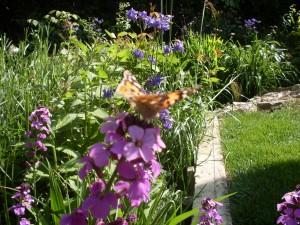
Noise pollution is a major problem in many parts of the world, and it can have detrimental effects on human health.
Nature-based solutions can help to reduce noise pollution by creating green infrastructure such as vegetated buffers.

Productive healthy agriculture.
They can also help to create more productive and efficient agricultural ecosystems.
Agricultural ecosystems are important for food production, but they can also be a major source of pollution.
Nature-based solutions can help to create more productive and efficient agricultural ecosystems.
For example, by restoring wetlands, planting trees, and/or creating green infrastructure such as rain gardens.
Preventing Landslides.
Nature-based solutions can also help to reduce the risk of landslides.
Landslides are a serious hazard in many parts of the world, and they can cause extensive damage to property and infrastructure.
Nature-based solutions can help to reduce the risk of landslides by stabilizing slopes and soil, and by creating green infrastructure such as vegetated buffers. When soils are protected by nature-based solutions, soil erosion, loss and ecosystem crashes eg. through landslides, are reduced. Pollution of watercourses with eroded soil is also reduced.
Protecting and enhancing biodiversity.
They can also help to preserve biodiversity and protect endangered species.
Biodiversity is important for the health of ecosystems, but it is also under threat from human activities.
Nature-based solutions can help to preserve biodiversity and protect endangered species.
For example, by designing with increased diversity of native plants, restoring wetlands, planting native trees, and creating green infrastructure such as vegetated buffers for biodiversity.
Improved physical and mental health.
Nature-based solutions can help to improve the mental and physical health of housing residents and visitors to green spaces.
Nature-based solutions can help to improve mental and physical health by providing natural filters and absorbing pollutants. Mental and physical health is vital for overall well-being but can be adversely affected by environmental factors such as lack of access to green space, noise pollution and air pollution close to hospitals and care homes, as well as housing.
For example, Landvision help by designing schemes for schools, hospitals and care homes, including planting trees to enhance visual amenity, and by creating green infrastructure such as rain gardens.
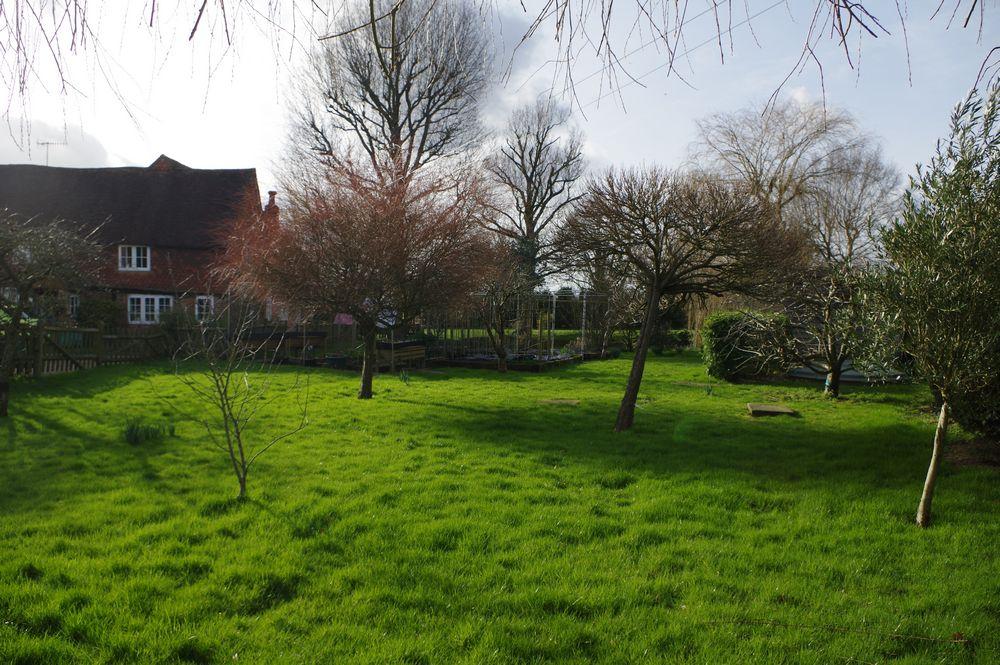
Creating sustainable, liveable communities.
Accessible green space is vital for all. Nature-based solutions can help us to create more livable and sustainable communities.
Sustainable communities and SANGs are important for the long-term health and prosperity of the people who live in them.
Nature-based solutions can help to create more livable and sustainable communities.
For example, by restoring wetlands, adding accessible green space close to urban areas, planting trees, and creating green infrastructure such as rain gardens.
For professional expert advice contact our Landvision design team on 01892 782200 or by email.

